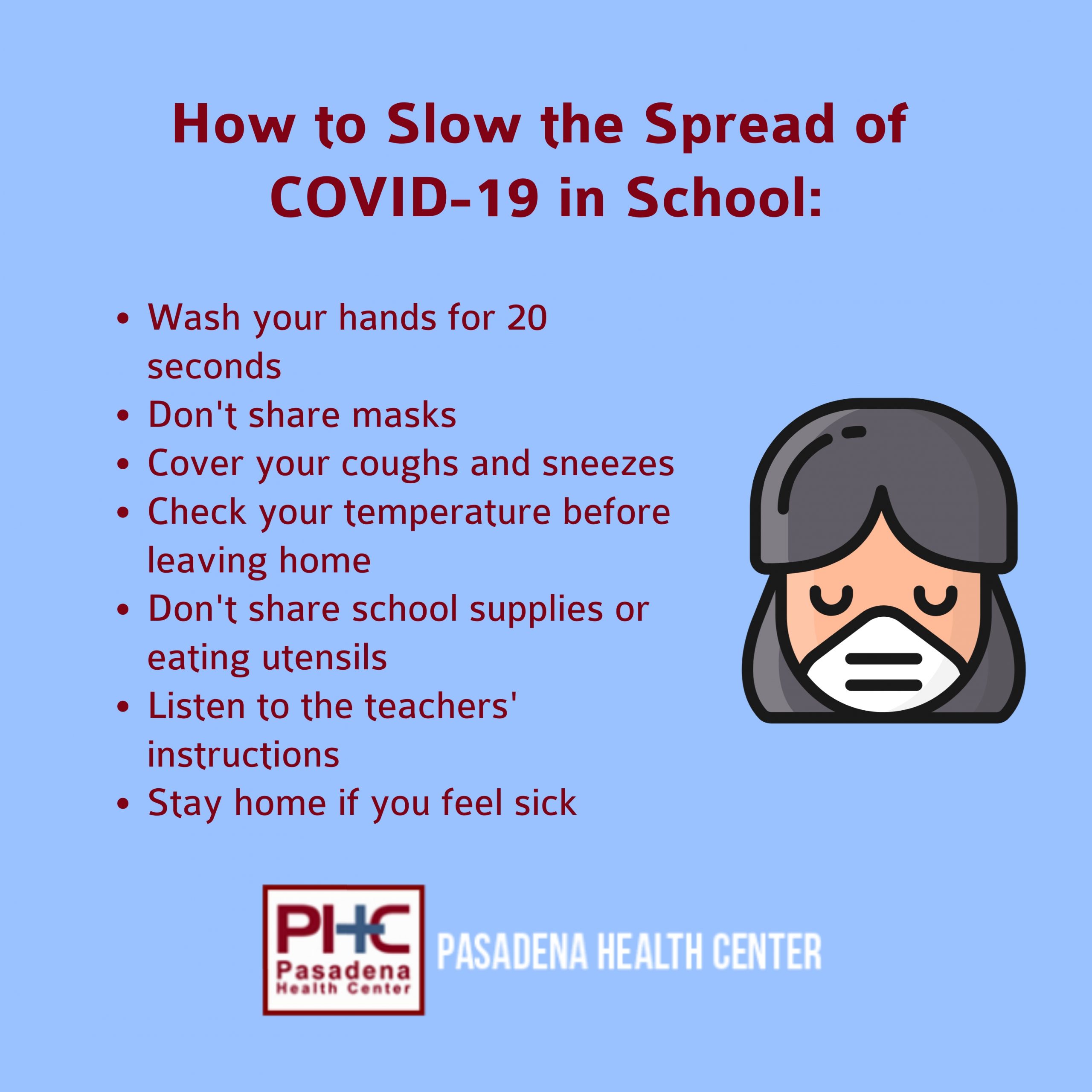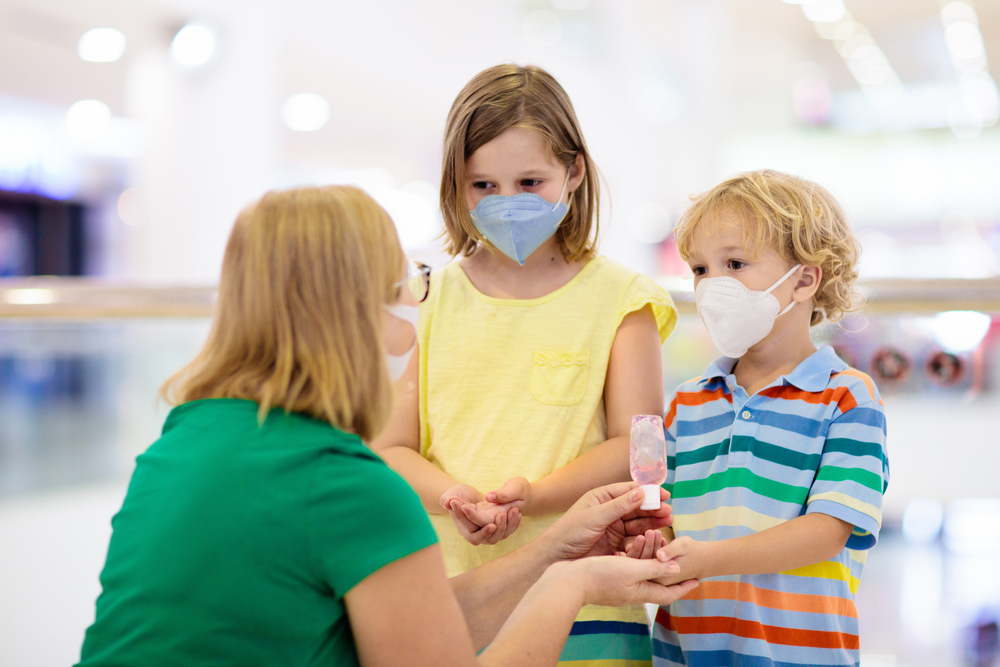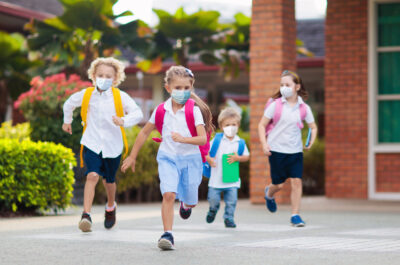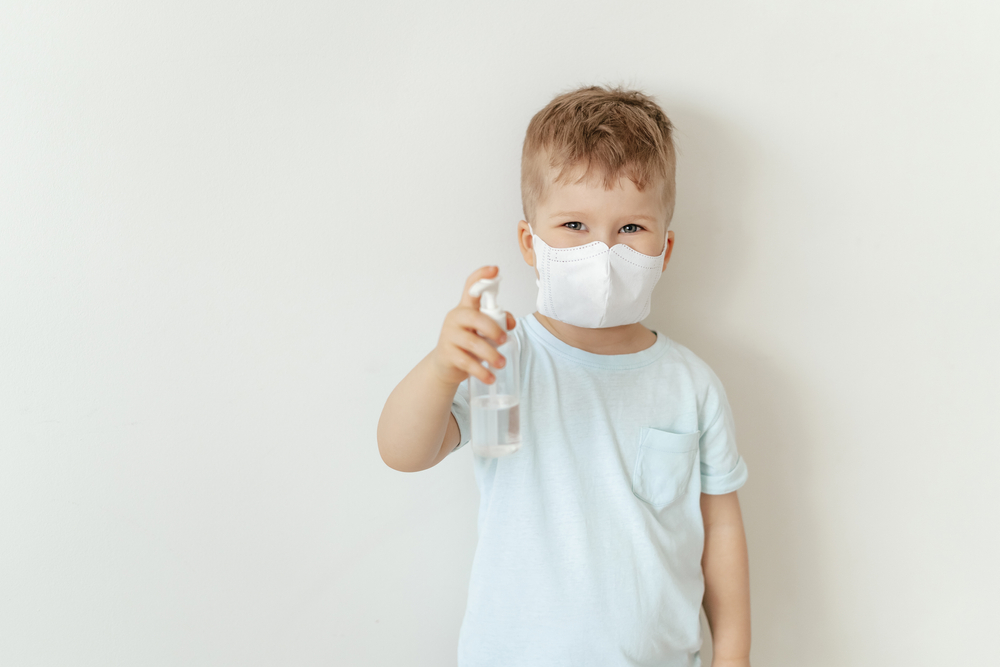This month, almost every school district has begun teaching for the Spring semester. Compared to years past, the first day of school for the 2020-2021 school year is vastly different. Instead of navigating new hallways or learning how to open lockers, children are logging into virtual classrooms from home. In an effort to continue to curb the spread of COVID-19, preparing kids for school now carries new implications.

Start Preparing Your Child: 7 Things to Remember
Although most schools are committed to online learning and social distancing protocols, many families know these methods aren’t going to last forever. How can you prepare your children for going back to school? What safety precautions should they be learning before entering a big group of people? Discover the best ways to help your kids start school by sharing the following advice:
- “Wash Hands for 20 Seconds”
- “Don’t Share Your Mask”
- “Cover Your Coughs and Sneezes”
- “Get Your Temperature Checked”
- “Don’t Share Your Utensils or School Supplies”
- “Listen to Your Teacher”
- “Tell Me When You Feel Sick”
1) “Wash Hands for 20 Seconds”
When kids are hurried from class to class, it can be easy for them to forget how to properly wash their hands. According to the Centers for Disease Control (CDC), the amount of time you spend scrubbing your hands is just as important as using soap with water. Teach your kids to wash hands often with soap for at least 20 seconds. For most people, that could look like singing the “Happy Birthday” song twice from start to finish.
2) “Don’t Share Your Mask”
Now that masks are becoming a standard outfit accessory, it can be difficult for kids to understand the importance of these face coverings. With cloth masks ranging in style and fabric choice, many children may find that they want to “try on” another person’s face covering. Make sure your children know they shouldn’t share a mask from any of their friends, especially if that friend has worn it before. You never know what type of germs could be hiding within the fabric of the mask.
Pro Tip: Write your child’s name on the inside of the mask so that teachers and other students can quickly identify theirs if it’s taken off.
3) “Cover Your Coughs and Sneezes”
Taking care of your health is just as crucial during the COVID-19 pandemic as it would be any time of the year. While your school may require your child to stay home if they’re suffering from a common cold, there’s always a chance that they may get a tickle in their throat or random sneeze throughout the day. Remind your children to cover their face with the inside of their arm to discourage the transmission of any germs or infectious disease.
4) “Get Your Temperature Checked”
When you think about your children reentering the school environment, there are multiple ways to monitor their health. Be sure to go through the list of COVID-19 symptoms like a fever, cough, or loss of taste so that you can stay up to date. Checking their temperature before leaving the house is one preventative measure you can take now.
5) “Don’t Share Your Utensils or School Supplies”
Simple things such as pencils or lunch snacks can carry germs for varying lengths of time. Remind your children that their utensils, school supplies, or gym equipment need to be properly cleaned and disinfected before use, especially if someone else had touched them. If your school allows, buy a hand sanitizer with at least 60% alcohol for them to carry around.
6) “Listen to Your Teacher”
Teaching in 2020 has introduced a number of challenges for educators unlike ever before. From having to adjust to virtual methods to managing proper social distancing in-person, teachers need continued support. Before you send your child to school, remind them of how important it is to respect the rules and requests of their teacher. By ensuring that every child is helping to minimize frustrations, each classroom will be able to follow the proper procedures.
7) “Tell Me When You Feel Sick”
Reading stories of child care centers experiencing high levels of COVID-19 cases can be alarming for many parents. While it’s difficult to determine the factors that caused these outbreaks, there’s no denying that large groups of people are at a higher risk. Before and after school proceedings, be sure to check in with your child about their day. In addition to getting them to tell you when they’re feeling sick, make sure they’re not spending time with others who could be infected.
Safe Protocols for Going Back to School
Because the coronavirus disease is so new, information regarding the transmission between children continues to change rapidly. As your children prepare to attend in-person classes, it’s important to make sure your family has the tools necessary to respond rightly to your school’s guidelines.
For the latest updates regarding the coronavirus disease (COVID-19), connect with our health professionals on social media.




